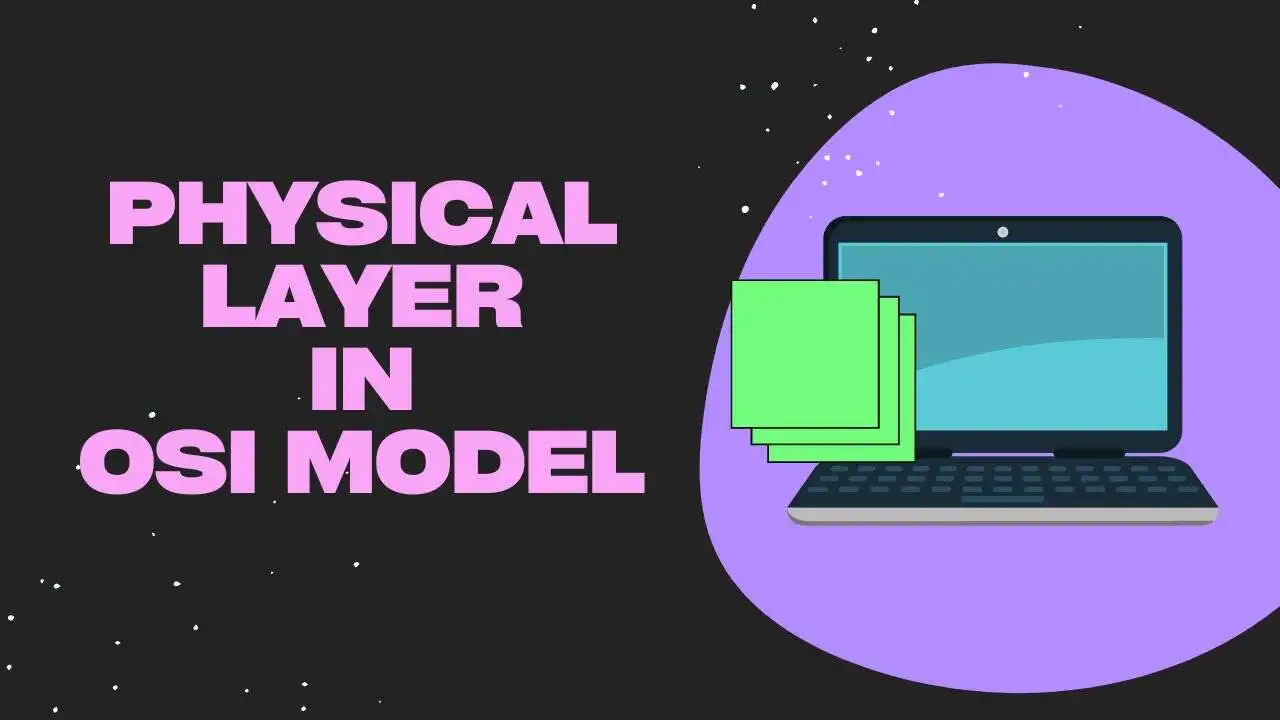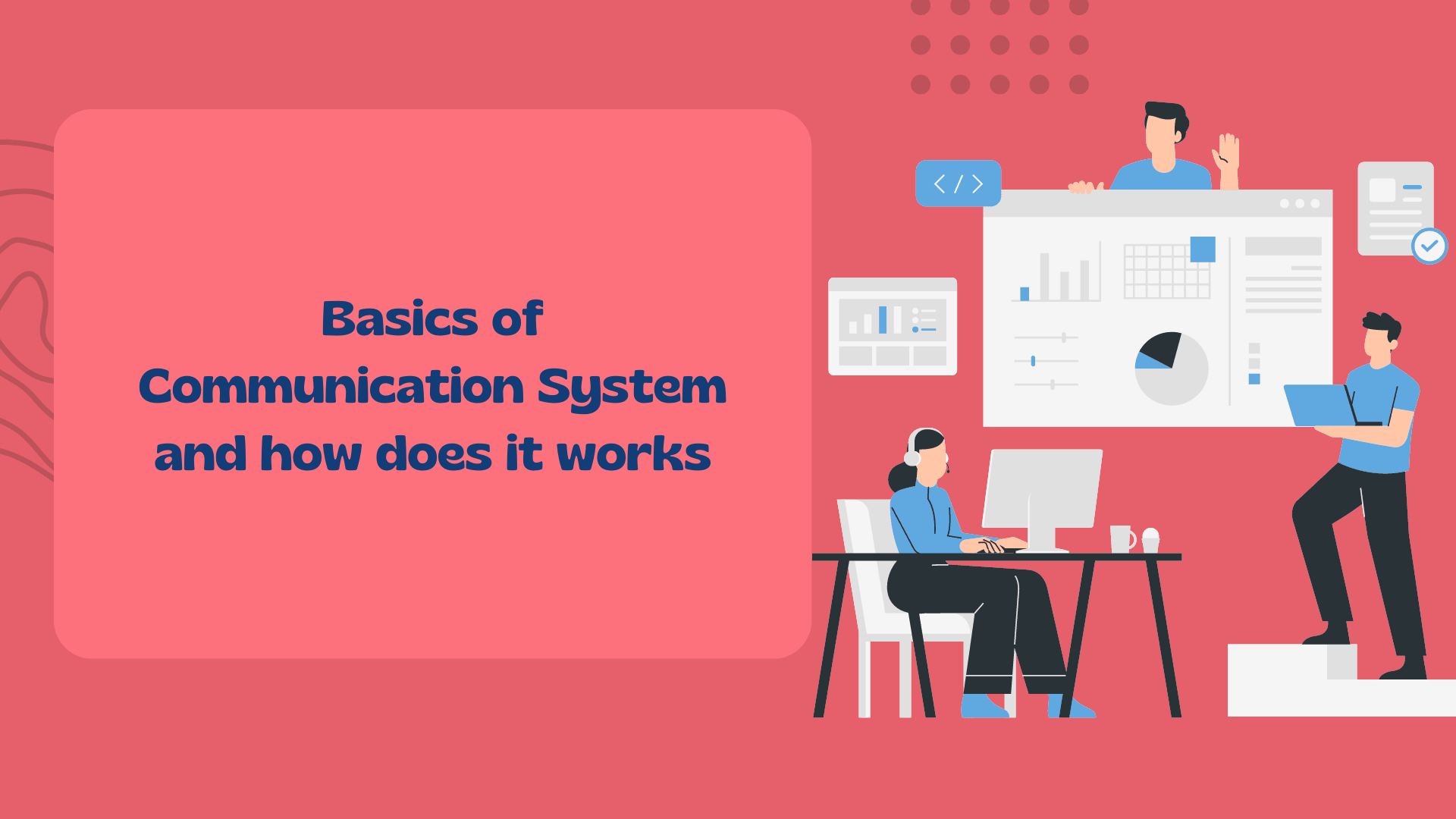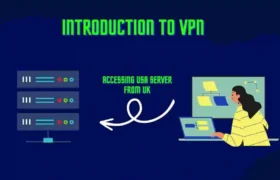In this blog, we will see the first layer of the OSI model, which is the Physical Layer. We will see what services are provided by the Physical Layer. So let’s get started with the blog.
Table of Contents
- Introduction to the Physical Layer
- Services provided by the Physical Layer
- Protocols of Physical Layer in OSI Model
- Related Blogs on the OSI Model
- Recent Articles on Computer Networks
Introduction to the Physical Layer
The physical layer is the first and foundational layer in the OSI (Open Systems Interconnection) model. It is responsible for the actual transmission and reception of raw data bits over a physical medium, such as cables, wireless signals, or optical fibers.
The primary focus of the physical layer is to establish and maintain the physical connection between devices and ensure reliable data transfer.
Services provided by the Physical Layer
These services ensure that data can be reliably transmitted and received between devices using various physical media. Here are the key services provided by the physical layer:
A) Bit Transmission:
The most fundamental service of the physical layer is the transmission of individual bits over the communication medium. It ensures that the binary data generated by higher layers is physically transferred as electrical, optical, or electromagnetic signals.
B) Physical Media Selection and Specifications:
The Physical Layer defines the types of physical media that can be used for communication, such as copper cables, fiber-optic cables, and wireless channels. It specifies the characteristics of these media, including their bandwidth, signal attenuation, and noise susceptibility.
C) Signal Encoding and Modulation:
This service involves converting digital data into analog signals suitable for transmission over the chosen medium. The Physical Layer defines various modulation techniques, such as amplitude modulation, frequency modulation, and phase modulation, that enable the encoding of digital information into waveforms.
D) Data Rate Management:
The physical layer determines the rate at which data bits are transmitted over the channel. It specifies the data rate, which is measured in bits per second (bps) and is influenced by factors like modulation techniques and channel bandwidth.
E) Transmission Modes:
The physical layer defines transmission modes, including simplex (one-way), half-duplex (two-way but not simultaneous), and full-duplex (two-way and simultaneous) communication. These modes determine how data can be sent and received between devices.
F) Line Coding and Decoding:
Line coding involves mapping digital data to analog signals and vice versa. This service ensures that the transmitted signals can be accurately interpreted by the receiving device.
G) Synchronization:
The physical layer ensures proper synchronization between sender and receiver. This synchronization is crucial for the accurate interpretation of transmitted data. Techniques like preamble sequences or clock signals help achieve synchronization.
H) Error Detection and Correction:
While more advanced error detection and correction techniques are often handled by higher layers, the physical layer may incorporate basic error detection mechanisms to identify transmission errors, especially in noisy environments.
Overall, the services provided by the physical layer are essential for establishing a reliable physical connection between devices and enabling the transmission of data over various communication media.
Protocols of Physical Layer in OSI Model
While the physical layer itself doesn’t have distinct protocols like higher layers, it lays the foundation for the operation of various physical communication standards and technologies. These technologies often involve specific protocols and specifications to ensure effective data transmission. Here are some examples of protocols and technologies associated with the Physical Layer:
A) Ethernet:
Ethernet is one of the most common technologies used for local area networks (LANs). It defines the physical and data link layers of the OSI model. Variants of Ethernet include 10BASE-T, 100BASE-TX, 1000BASE-T, and 10GBASE-T, each with its own specifications for cable types, maximum distances, and data rates.
B) IEEE 802.11 (Wi-Fi):
This family of protocols defines wireless LAN standards, commonly known as Wi-Fi. It encompasses different versions like 802.11a, 802.11b, 802.11g, 802.11n, 802.11ac, and 802.11ax, each operating on different frequency bands and offering varying data rates.
C) Bluetooth:
Bluetooth is a wireless communication technology designed for short-range communication between devices. It operates in the 2.4 GHz frequency range and supports various profiles for different types of applications, such as audio streaming and data transfer.
D) USB (Universal Serial Bus):
USB is a standard for connecting devices to computers. It defines physical connectors and cables, as well as protocols for data transmission and power supply. USB versions include USB 1.0, USB 2.0, USB 3.0, USB 3.1, and USB 3.2, each offering improved data transfer rates.
E) Fiber Optics:
Fiber optic technology uses optical fibers to transmit data using light signals. Protocols for optical communication include SONET/SDH (Synchronous Optical Networking/Synchronous Digital Hierarchy) and Ethernet over Fiber.
F) MIDI (Musical Instrument Digital Interface):
MIDI is a protocol used for communication between electronic musical instruments and computers. It allows devices to exchange musical information and control commands.
G) Powerline Communication (PLC):
PLC technology enables data transmission over existing electrical power lines. It’s used for applications like home automation and broadband over power lines (BPL).
H) Infrared Data Association (IrDA):
IrDA is a protocol for wireless data transmission using infrared light. It’s used for short-range communication between devices like mobile phones and laptops.
These are just a few examples of protocols and technologies associated with the physical layer of the OSI model. Each protocol addresses specific communication requirements and technologies, defining aspects such as signaling methods, data rates, cable types, and modulation techniques necessary for reliable data transmission over various physical media.
Related Blogs on the OSI Model
- Data Link Layer in OSI Model | OSI Model Data Link Layer
- Network Layer in OSI Model | OSI Model Network Layer
- Transport Layer in OSI Model | Computer Network Transport Layer
- Session layer in OSI Model | OSI Model Session layer
- Application Layer in OSI Model | OSI Model Application Layer
- Presentation Layer in OSI Model | OSI Model Presentation Layer
Recent Articles on Computer Networks
- Introduction to Computer Networking | What is Computer Network
- What are Topology & Types of Topology in Computer Network
- What is FootPrinting in Cyber Security and its Types, Purpose
- Introduction to Cloud Computing | What is Cloud Computing
- Distributed Shared Memory and its advantages and Disadvantages
- What is VPN? How doe VPN Work? What VPN should I use?
- What is an Internet and How the Internet Works
- What is a Website and How Does a Website or web work?
- Introduction to Virus and different types of Viruses in Computer
- What is TCP and its Types and What is TCP three-way Handshake
- What is UDP Protocol? How does it work and what are its advantages?
- What is an IP and its Functions, What is IPv4 and IPv6 Address
- What is MAC Address and its Types and Difference MAC vs IP
- What is ARP and its Types? How Does it Work and ARP Format
- Sessions and Cookies and the Difference Between Them
- What is ICMP Protocol and its Message Format?
- What is Big Data? Characteristics and Types of Big Data
- Disciplines of CyberSecurity | What are the goals of CyberSecurity?
- What is Firewall, Features, Types and How does the Firewall Work?
- Network Scanning, Types, and Stealth Scan in Computer Network
- Cryptography and its Types in Ethical Hacking
- Tor Browser and How does it Work | Onion Router Tutorial
- Proxy Server, Advantages, Difference between Proxy Server & VPN
- DHCP Protocol and What Are the Pros and Cons of DHCP
- Intrusion Detection System(IDS) and What are the types of IDS
- Domain Name Server, How Does It Work, and its advantages
- Telnet: Introduction, How Does it Work, and Its Pros and Cons
- SOC: Introduction, Functions performed by SOC, and its Pros
- What is SIEM? | What is the Difference between SIEM and SOC?
- Application Layer in OSI Model | OSI Model Application Layer
- What is SSL Protocol or SSL/TLS and SSL Handshake, and Architecture of SSL




